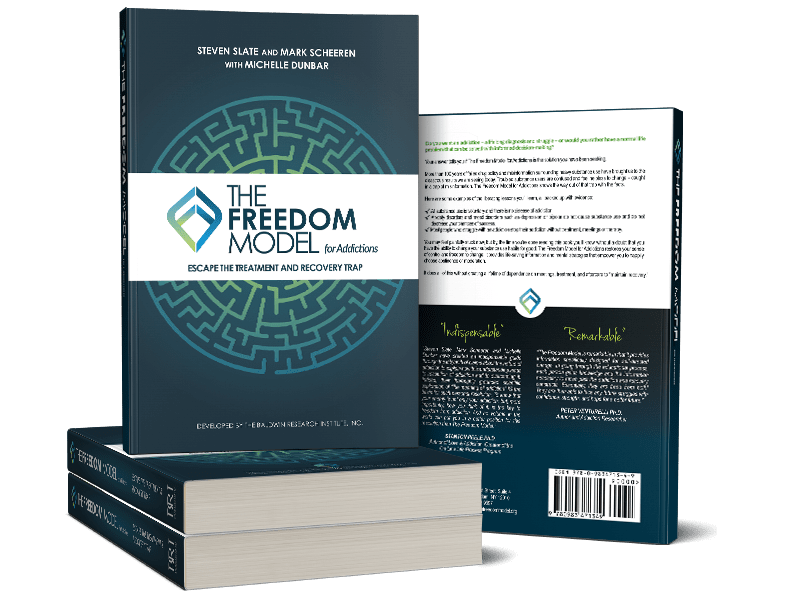You Asked, We Answered
Addiction Questions
How can you say alcoholism is not genetic? Just look at the Irish or American Indians. Obviously this proves that alcoholism is a genetic disorder.
In short, alcoholism and drug habits alike, are learned processes – they are not genetically driven processes. How your body metabolizes the alcohol (or drugs) has little to do with why an individual is motivated to drink or drug in the first place. So, while genetics plays a small role in the overall habits of substance use, the mind is the driver of our behavior and choices. The mind is not run by our genetic code – the mind chooses through free-will.
In The Freedom Model, we talk about the genetic debate, but we also discuss how our cultural learned perspectives play a huge role in how we use substances. In the chapter that deals with the “license to misbehave”, we cover a lot of this culture based topic. Take a look:
“Once you step outside your own culture to look at other cultures, you find amazing things. For example, the amount of alcohol consumed per capita in Ireland has traditionally been equal to or lower than that in many other countries throughout Europe. Yet Ireland has rates of alcohol-related behavioral and health problems that far exceed those other countries. Many have made the comparison to Italy, where alcohol problems are far rarer, yet most people drink every day. Behaviorally, the Italians do not show the same aggressiveness as the Irish either. The same is true in China, where stronger alcohol is consumed than in most parts of the world, yet only 2% of arrests involved intoxication. In comparison, in the United States, 45% of arrests involved intoxication (mid-20th century). Researchers have pegged cultural differences as the explanation for this, and it was confirmed by the same relative shortage of alcohol-related crimes among Chinese immigrants in New York City during the same period. They just didn’t have the same license to misbehave while intoxicated in Chinese culture that existed in so many other cultures (Marshall, 1979).
The license to misbehave also subdivides within nations and regions along class, age, and religious lines as well. Once you open your mind to this phenomenon, you’ll begin to see it among people in your own social groups. Some people in some circumstances seem to have their inhibitions lowered by substances, but in other circumstances, they don’t. It’s all a matter of simply looking for it. Once you see it, it can’t be unseen. Substances don’t lower inhibitions; rather, people are held to different standards among different groups, in different times and places.
Set and setting rules this class of “drug effects,” and it goes beyond alcohol to almost any drug you can imagine. The behavioral effects of cocaine will be different in a crack house than they are in the backroom at a country club, and they’ll be different again in a dance club. The behavioral effects of pot will be different when used in a rec room by high school students than they are when used by adults at a music festival and different yet again when used by patients using pot as a medicine. Levels of inhibition, and the behavior substances supposedly produce, will differ from person to person and situation to situation. Furthermore, levels of inhibition can change on a dime when one moment you’re high with your friends parked in a car and the next moment a cop knocks on the car’s window. These simply aren’t drug effects. They’re set and setting effects and the effect of a perceived license to misbehave, but they are so clearly a conditional license too, that it becomes impossible to “blame it on the alcohol” once you fully understand the fallacy.”


It is progressive. If you take it up as an older person it will take over.